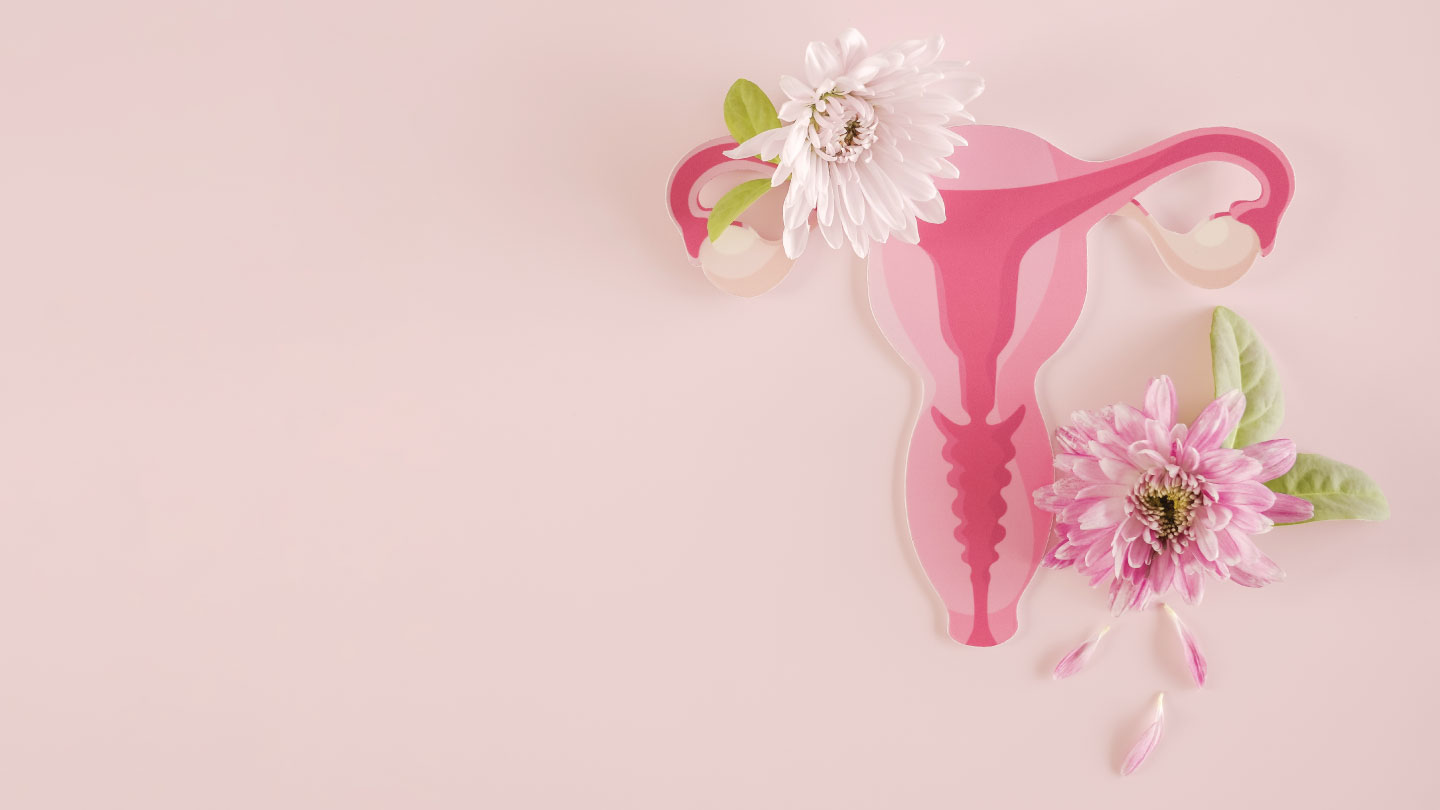Medical
How To Do A Breast Self-Exam
Consider feeling your breasts as a part of self-care. Breast self-exams detect over 40 percent of breast cancer cases.

In June 2007, the co-anchor of ABC’s Good Morning America, Robin Roberts felt a lump in her breast. Knowing right away it wasn’t normal, she went for biopsy and was diagnosed with early-stage breast cancer. Women often detect breast cancers themselves, either by self-examination (25 percent) or by accident (18 percent).
Good morning.... a very personal message on this #ThankfulThursday
Roberts says in one of her interviews that because she was familiar with her body and the lumps, she knew this one felt different. It was in a different place on her breast, and it was hard.
“Most breast lumps, nearly 40 percent I would say, are found by women themselves or their partners,” says Dr. Anuradha Panda, Obstetrician and Gynaecologist, Apollo Health City, Hyderabad. Therefore, a careful self-examination covering the sides, top and bottom of the breast tissue can do a great help in detecting any abnormality, she says.
Related Story: What should you know about cervical cancer screening–Pap Smear and HPV Test
A study in PLOS One, 2017 notes that because breast self-exam is a low-cost, painless, easy-to-apply, safe, and non-invasive treatment (does not require any specific materials or tools), it is recommended that every woman take the test once a month. Dr Panda says that the right time to perform a breast self-exam is the week after one’s periods end. The breasts aren’t as tender or lumpy at this time of your monthly cycle, she says. “Do it at the same time every month. And, if you have gone through menopause, do your exam on the same day every month,” she adds.
On asking what if a woman finds a lump, the doctor says that most lumps in the breast are not cancerous. Any lump or change is further investigated via tests such as mammogram, ultrasound, biopsy or MRI.
How To Perform a Breast Self Exam: What To Look For
Step 1:
Do This:
Stand before a mirror and examine your breasts. Keep your hands down.
Look For:
- Skin that is dimpling, puckering, or bulging
- An inverted nipple or a nipple that has changed position (pushed inward instead of sticking out)
- Swelling, redness, discomfort, or rash
Step 2:
Do This:
Next, firmly grip your hands on your hips and bend slightly towards the mirror while hugging your shoulders and elbows forward.
Look for:
- Any changes in the normal shape of your breasts.
Step 3:
Do This:
Raise your arms above your head and place your hands behind your ears. This allows you to see the underside of your breasts.
Look for:
- Any lumps
- Fluid leaking out of one or both nipples (could be a watery, milky, or yellow fluid or bloody)
Step 4:
Do This:
Raise your left arm in the air. Examine your left breast with the pads of three or four fingers on your right hand. Use three pressure levels (low, medium, and heavy) while moving in a circular or vertical motion.
Repeat the same for the other breast.
Look for:
- Any unusual lump
- Mass
- Thickening under the skin
Step 5:
Do This:
Lie flat on your back. This position flattens the breasts and makes examination easier. You can use body lotion to help fingers glide easily.
Look for:
- Changes in the way your breasts feel
- Dimples, bulges, puckers, or ridges on the skin of your breast
- Any knot near underarms
- Inverted nipple
EXPLORE MORE
The start of the year is the perfect time to reset your health. These screenings can catch silent risks early and help you plan a healthier 2026.
Struggling to conceive with PCOS? The problem isn’t you, it’s PCOS. Here’s what to know.
A sprain isn’t “just a sprain.” Here’s what your ankles wish you knew.
Your body whispers before it screams. Here are the early heart disease warning signs most people overlook until it’s too late.









.jpg)
